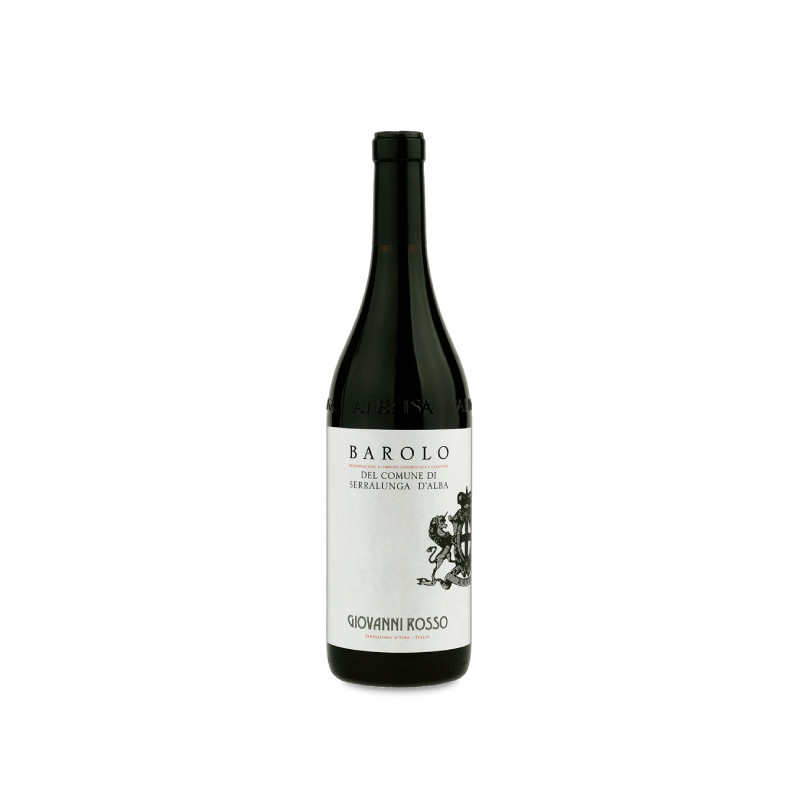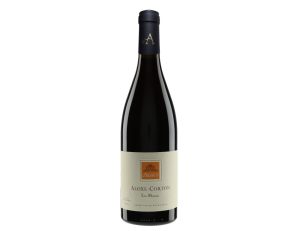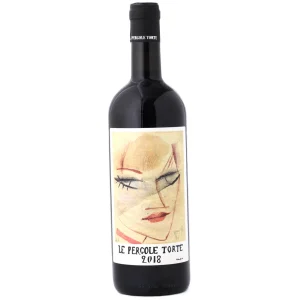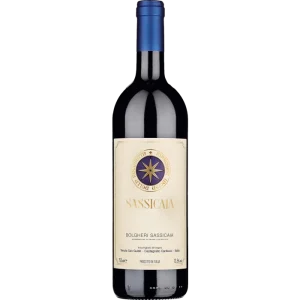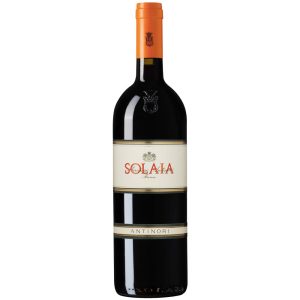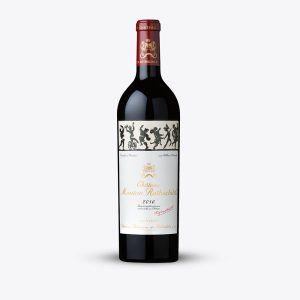These are some of the best – maybe the best – Barolos I have tasted from Davide Rosso. The 2016s have a level of transparency and finesse I don’t recall seeing in the past. The 2016 Barolos spent about 25 days on the skins with pumpovers, with one delestage, and malolactic fermentation in either steel or cement. The Barolos were racked into cask the following spring after a natural decantation, where they spent three years in wood. The Serra and Cerretta are aged in French oak cask, while the Rionda is done entirely in Slavonian oak
The Rosso family has been a household name in the region of Serra Lunga d’Alba, in northern Italy, for more than a century. There must be something special and enchanting about this region that this family has been producing exquisite wines here for so long. According to Davide Rosso—the last generation of the family currently at the helm of the winery—the magic of this place is lined in the completely white, calcareous soil, which gives the wine unique properties that allow it to withstand the long maturation periods in barrels (between 18 and 36 months).
This applies to the Giovanni Rosso Barolo del Comune di Serralunga d’Alba, a barolo produced by the Giovanni Rosso winery with vineyards in the Italian municipality of Serra Lunga d’Alba. This city is specifically one of the 11 under the protected D.O.C.G. Barolo and which belong to the production area of this world-famous wine.
We have to go back three decades, to 1996, to find the first production of Giovanni Rosso Barolo del Comune di Serralunga d’Alba. For this, Giovanni (Davide’s father) used old vineyards planted between 1984 and 1996, with an average age of 20 years. Since then, they have continued the production of this wine, making it one of the best ambassadors of northern Italy. In addition, the winery has completely renoinated from chemicals since 2006 and has since adopted a completely environmentally friendly working method.
After the harvest is harvested in mid-October, the grapes are taken to the winery where they are processed, crushed and de-stemmed and then go directly to the cement barrels. They stay there for 25 days, until fermentation is completed, also carrying out daily pumping and delestage (in which the barrel is tapped halfway through the fermentation and then reintroduced). Once definitively converted into wine, Giovanni Rosso Barolo del Comune di Serralunga d’Alba will remain in contact with the peels—between four and five weeks—before removing the seed. Finally, Giovanni Rosso Barolo del Comune di Serralunga d’Alba will switch to French oak barrels of 50 Hl, where malolactic fermentation takes place and will rest between 18 and 36 months (depending on the vineyard and harvest year).
